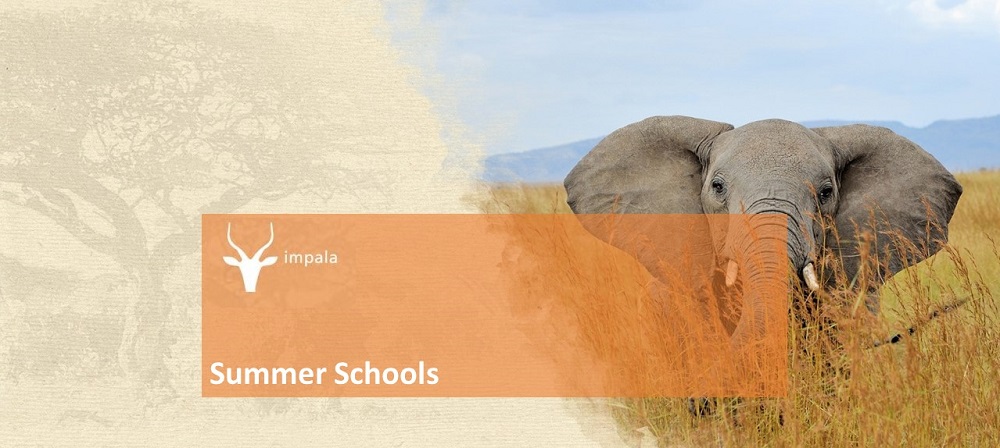Without students, all the efforts invested in the developing phase of a summer school will have been in vain. Like any other product, a summer school course or programme requires a well-defined marketing and recruitment plan in order to reach students who might be interested in attending the summer school. Multiple media channels should be used as recruitment tools and a clear communication strategy geared towards different target groups should be developed.
1. The importance of a good marketing and recruitment strategy
It is important to bear in mind that a good marketing plan starts with the definition of targets, and the recruitment plan should therefore answer some basic but important questions:
1. Which students might be interested in your summer school?
2. Which means/media and promotional activities can be used to reach that target audience?
3. Which national and international players/allies can be approached to help reach students?
What is more important than the quantity of participants is recruiting the ‘right’ students. When the summer school matches educational requirements and expectations precisely, students can serve as ambassadors for the summer school in the future.
2. Using multiple media channels
A good communication and marketing plan always starts with the organization of information. Information on the summer school must be complete, clear and user-friendly. Be sure to organize all the information on the programme, logistics and travel arrangements, social programme, administrative issues and fees clearly.
Use several media channels to disseminate the information. A mixed range of media is necessary to reach different audiences.
• Printed media, in particular a one-page leaflet and a more comprehensive, detailed brochure, remain vital tools for approaching partners and students. Larger posters can also be produced for display during departmental showcases and to send to partner universities.
• Digital media are undoubtedly essential nowadays. A well-structured website is what your stakeholders will look for after receiving printed information or when discovering your summer school for the first time. The website may just contain information, or it could host an online application tool, which is certainly useful for larger summer schools. Remember to double-check the correctness and completeness of the information published on the website. A poor website can be more harmful in terms of recruitment than not having one. Social media platforms are also essential for reaching younger audiences: consider using Facebook, Instagram and Twitter, as well as more professionally oriented social media sites like LinkedIn.
3. Planning and organizing the communication strategy
When planning your communication and marketing strategy, you should consider your main target groups:
• The students who may decide to participate in your summer school
• Their parents, who will invest the money for their participation
• Their professors, as they might be involved in assessing the academic value of the summer school
• The International Offices of the sending institutions and your partner institutions, as intermediaries between you and potential participants
Each of these targets requires a different type of information, prepared and disseminated at different times. Students are looking for cultural and intercultural life experiences, but more and more they are also interested in academic recognition and local language learning. Whether they are interested in credits or not, they might approach their professors for advice on the learning investment they are preparing. Therefore, information on learning outcomes should be provided clearly alongside the ‘unique selling proposition’ of the summer school.
Parents are particularly interested in information about the price of the summer school, the academic return on the investment and the safety of the environment,. Make sure that these topics are covered when preparing your information kit.
International Relations offices can be vehicles for spreading information about your school. These offices – whether operating university-wide or at faculty/department level – are usually in contact with thousands of students. They can spread your promotional material among students looking for mobility opportunities.
Your international partners could be your main target audience for the promotion of your summer school, especially if you are setting up a summer school or course for the first time. Partner institutions and academic networks can conclude exchange agreements, including the summer course as a potential exchange opportunity. They can also help you to find interested students, especially when they are directly involved in the academic organization of the school (e.g.: Utrecht Network International Summer Schools).
This article has been inspired by the publication: “International Summer Schools” EAIE toolkit n° 5, edited by Jeroen Torenbeek and Inez Meurs. The authors of the booklet have also been involved in the IMPALA project as trainers.


